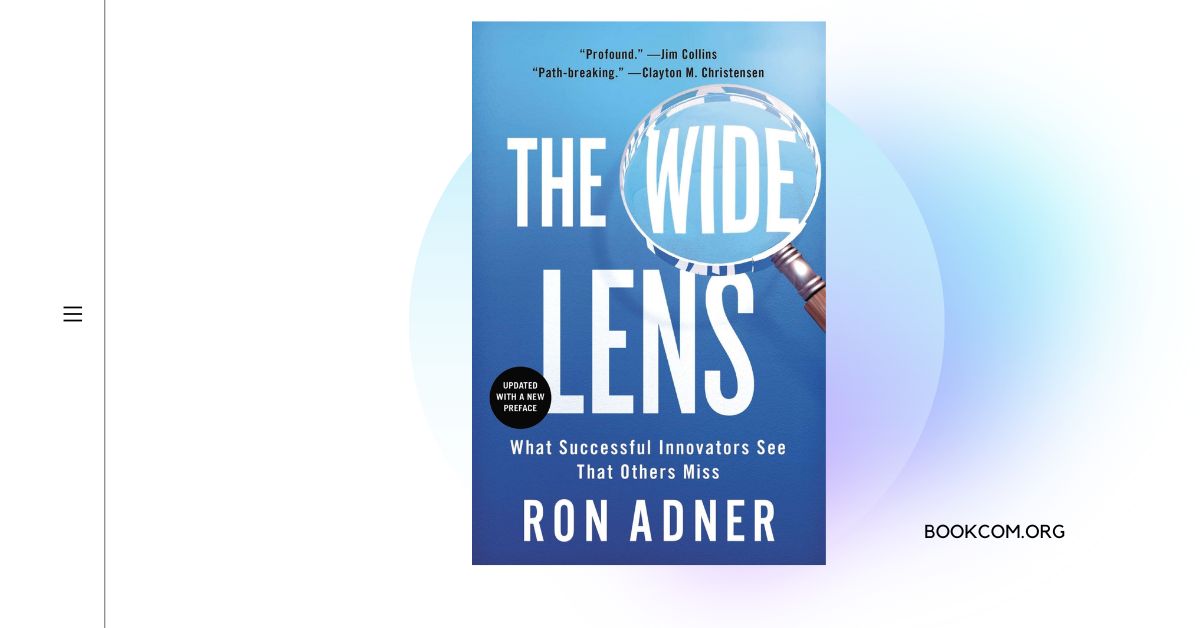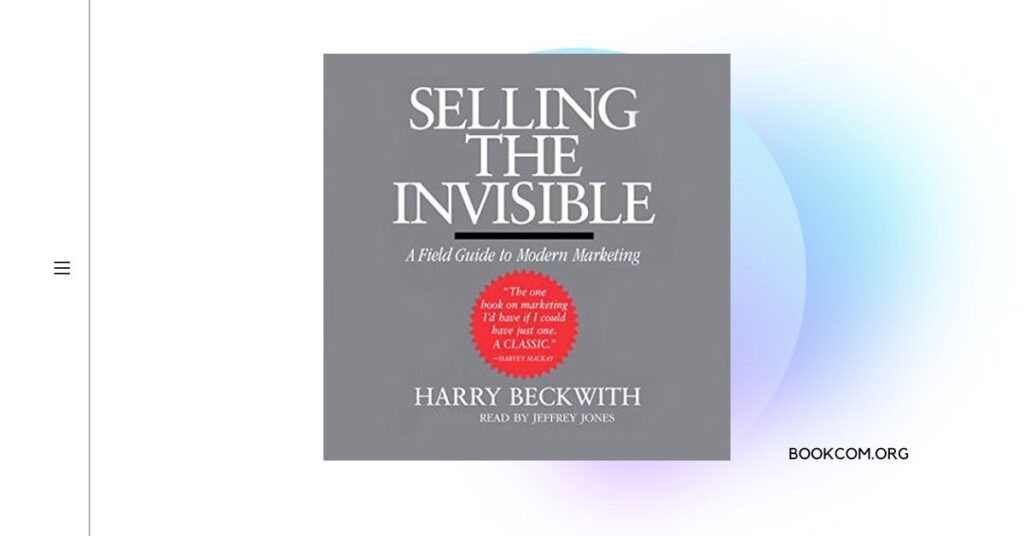“The Wide Lens” by Ron Adner delves into the intricate world of innovation and provides a comprehensive framework for understanding and managing the complex dynamics that surround the successful introduction of new products and services. Adner’s book challenges the traditional narrow focus on individual products and instead encourages a broader perspective that considers the interconnected ecosystem in which innovations operate. By adopting a wide lens approach, innovators can uncover new opportunities, overcome obstacles, and increase the chances of achieving market success.
Key Themes
Ecosystem Thinking: The book emphasizes the need for ecosystem thinking, which involves understanding the interdependencies and relationships among various stakeholders, technologies, and market forces. By taking a holistic view of the ecosystem, innovators can identify key players, evaluate their roles and influence, and develop strategies that consider the broader context.
Collaboration and Coordination: Adner highlights the critical importance of collaboration and coordination within the ecosystem. Successful innovations often require aligning the efforts and interests of multiple stakeholders, such as suppliers, distributors, customers, and partners. The book explores strategies for fostering effective collaboration and managing the complexities of coordinating diverse activities and resources.
Timing and Synchronization: Timing is a crucial factor in innovation success. The book explores the challenges of aligning the timing of product development, marketing, distribution, and customer adoption. By understanding and managing these temporal dynamics, innovators can optimize their strategies and increase the chances of achieving widespread adoption.
Notable Concepts
Value Net: Adner introduces the concept of the “value net,” which expands on the traditional notion of the value chain. The value net recognizes the interdependencies among stakeholders and technologies, emphasizing the need to consider the broader network of relationships that contribute to the success or failure of an innovation.
Ecosystem Mapping: The book suggests conducting ecosystem mapping exercises to visualize and analyze the relationships and dependencies within the ecosystem. By mapping out the key stakeholders, their roles, and their interactions, innovators can gain insights into potential barriers, collaboration opportunities, and areas where coordination is critical.
Ecosystem Readiness: Adner introduces the concept of “ecosystem readiness,” which refers to the preparedness and receptiveness of the ecosystem for a particular innovation. Understanding the ecosystem’s readiness helps innovators adjust their strategies, identify potential obstacles, and leverage favorable conditions to maximize the chances of success.
Actionable Insights
Holistic Analysis: The book encourages innovators to conduct holistic analyses of the ecosystem in which their innovations will operate. By identifying and mapping key stakeholders, their interests, and their influence, innovators can gain a deeper understanding of the ecosystem dynamics and make informed decisions.
Collaboration Strategies: Adner emphasizes the importance of developing effective collaboration strategies with ecosystem partners. Innovators should seek out complementary products or services, build strong relationships with key stakeholders, and establish coordination mechanisms to align efforts and create mutual value.
Timing Considerations: The book highlights the significance of timing in innovation. Innovators should carefully evaluate and align the timing of various activities, such as product development, marketing, and customer adoption, to ensure a synchronized approach that maximizes impact and reduces potential conflicts.
For More Information about the book, you can visit:



